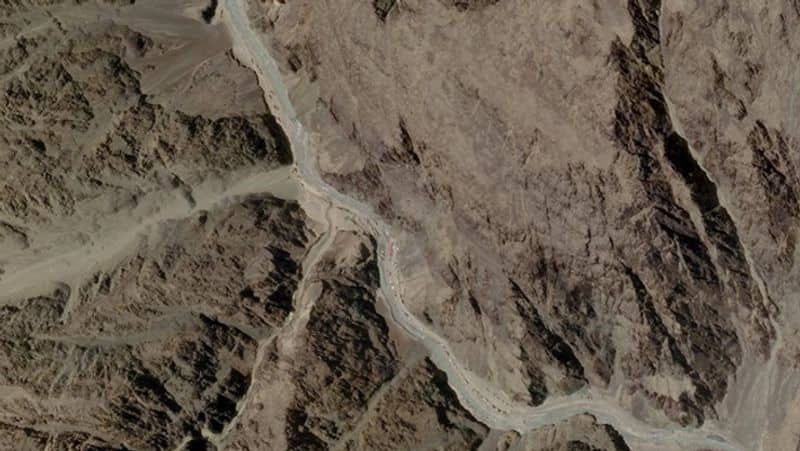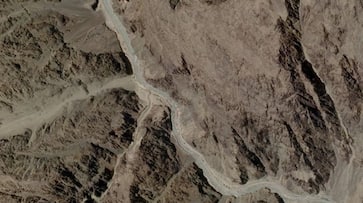Days after US intelligence reported that China had lost 35 soldiers in the Galwan Valley, another report has added that the attack was pre-planned and led by a commander
Bengaluru: After the Galwan clash in which China backstabbed India, killing 20 of its brave soldiers with iron rods encapsulated with barbed wires and stones, a US intelligence report claimed that as many as 35 Chinese soldiers had been killed by Indian soldiers as a part of retaliation.
Also Read: US intelligence claims 35 Chinese soldiers killed
Now, another intelligence report by the US has claimed that a senior Chinese commander ordered the attack against Indian soldiers.
As quoted by a popular website, “Gen. Zhao Zongqi, head of the Western Theater Command and among the few combat veterans still serving in the People’s Liberation Army, approved the operation”.
The report, as further quoted by the website, categorically states that the attack against India was ordered to project an image of strength by China and to not appear ‘weak’ in either in front of the USA and its allies, including India. Interestingly, the intelligence report has revealed that Zhao had overseen other attacks against Indian soldiers as well and had orchestrated the Galwan valley attack to ‘teach India a lesson’.

The report also has a note on how it all started: “A senior Indian officer and two non-commissioned officers travelled unarmed to a meeting place where they expected to be met by a comparable delegation of Chinese troops to discuss the withdrawal, according to the source familiar with the U.S. assessment of the incident. Instead, dozens of Chinese troops were waiting with spiked bats and clubs and began an attack. Other Indian troops came in to support, leading to a melee that caused more casualties from the improvised weapons, rocks and falls from the steep terrain”.
Also Read: Manmohan Singh should ask Rahul Gandhi not to play politics
“The U.S. believes Zhao, the Chinese general who commanded the forces involved, held a memorial service for the PLA soldiers who died in the incident – an occasion that would normally attract some form of state-sponsored publicity. Instead, Chinese censors have since cracked down on social media posts about the incident, including ones that mention “defeat” and “humiliation” when describing the dead or injured Chinese troops”.
Last Updated Jun 23, 2020, 2:52 PM IST









![Salman Khan sets stage on fire for Anant Ambani, Radhika Merchant pre-wedding festivities [WATCH] ATG](https://static-gi.asianetnews.com/images/01hr1hh8y86gvb4kbqgnyhc0w0/whatsapp-image-2024-03-03-at-12-24-37-pm_100x60xt.jpg)
![Pregnant Deepika Padukone dances with Ranveer Singh at Anant Ambani, Radhika Merchant pre-wedding bash [WATCH] ATG](https://static-gi.asianetnews.com/images/01hr1ffyd3nzqzgm6ba0k87vr8/whatsapp-image-2024-03-03-at-11-45-35-am_100x60xt.jpg)


